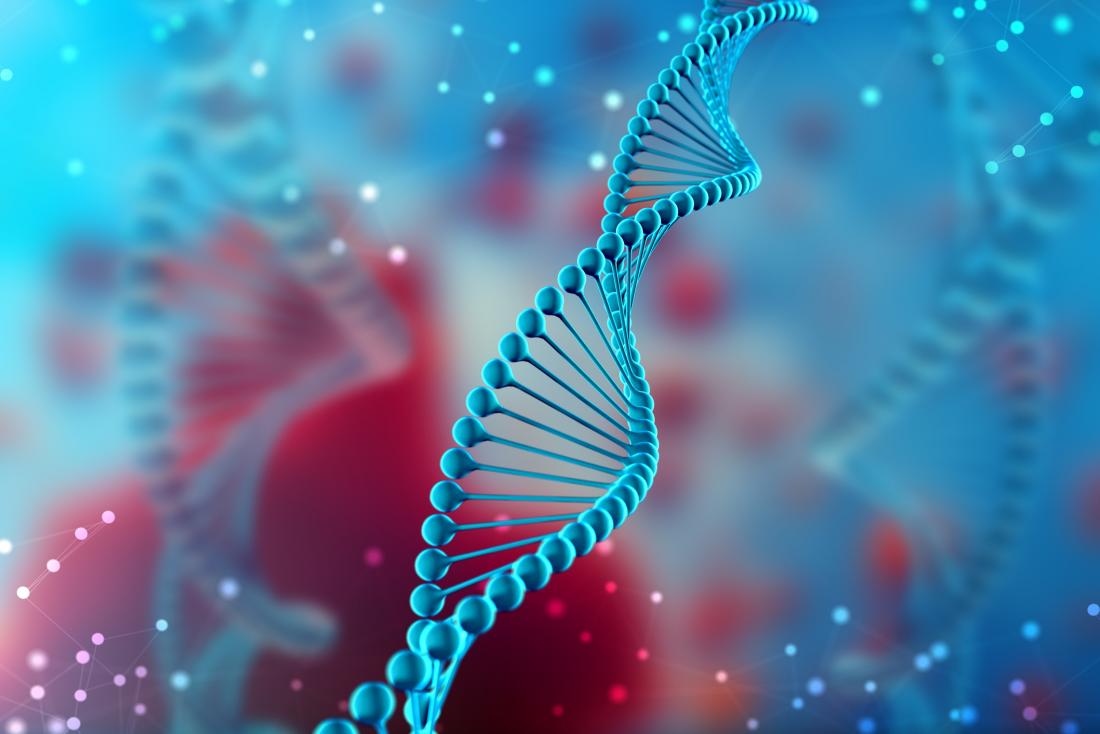
A new study explores the genetic underpinnings of anorexia nervosa.
The international team of more than 100 researchers studied the DNA of tens of thousands of people with and without anorexia nervosa.
A Nature Genetics paper describes how they identified eight genes with a strong link to anorexia nervosa.
Some of the genes have significant links with other psychiatric illnesses, such as schizophrenia, depression, anxiety, and obsessive-compulsive disorder.
However, the findings also reveal genetic links to physical activity, the metabolism of glucose, how the body uses fat, and body measurements. In addition, these links appear to be independent of common genetic ties to body mass index (BMI).
“Until now,” says co-senior study author Cynthia M. Bulik, a distinguished professor of eating disorders in the School of Medicine at the University of North Carolina at Chapel Hill, “our focus has been on the psychological aspects of anorexia nervosa, such as the patients’ drive for thinness.”
However, the new findings about the role of metabolism could help explain why people with anorexia “frequently drop back to dangerously low weights, even after therapeutic renourishment,” she adds.
‘A complex and serious illness’
“Anorexia nervosa is a complex and serious illness, affecting 0.9–4.0% of women and 0.3% of men,” note the study authors.
Even when their body weight has reached dangerously low levels, people with anorexia can be terrified of increasing it.
The self-perception of individuals with anorexia nervosa who reach a very low body weight is that they are still overweight. They also appear to be unaware of the dangers of being severely underweight.
Anorexia nervosa is the most fatal psychiatric illness.
Many people with anorexia die of metabolic collapse and starvation, while others die by suicide. As a cause of death, suicide is more common in women with anorexia than in women with other types of psychiatric illness.
For the recent study, Prof. Bulik and colleagues brought together data from several sources. The total dataset came from 16,992 people with anorexia nervosa and 55,525 people of European ancestry who did not have the condition.
They carried out a genome-wide association study (GWAS) of the data. A GWAS is a technique that rapidly looks for genetic differences in people’s DNA.
Scientists find GWAS a useful tool for identifying genes behind complex conditions such as cancer, diabetes, asthma, and heart disease, as well as psychiatric illnesses.
New approach to anorexia
The team identified eight “significant” differences between the DNA of individuals with anorexia and those without the condition.
“The genetic architecture of anorexia nervosa,” write the authors, “mirrors its clinical presentation, showing significant genetic correlations with psychiatric disorders, physical activity, and metabolic (including glycemic), lipid, and anthropometric traits, independent of the effects of common variants associated with [BMI].”
The researchers suggest that the link to physical activity could explain why people with anorexia nervosa tend to be very active.
“Metabolic abnormalities seen in patients with anorexia nervosa are most often attributed to starvation, but this study shows they may also contribute to the development of the disorder,” says co-senior author Gerome Breen, Ph.D., a reader of neuropsychiatric and translational genetics at King’s College London, in the United Kingdom.
“These results suggest that genetic studies of eating disorders may yield powerful new clues about their causes and may change how we approach and treat anorexia,” he adds.
“A failure to consider the role of metabolism may have contributed to the poor track record among health professionals in treating this illness.”
Prof. Cynthia M. Bulik
